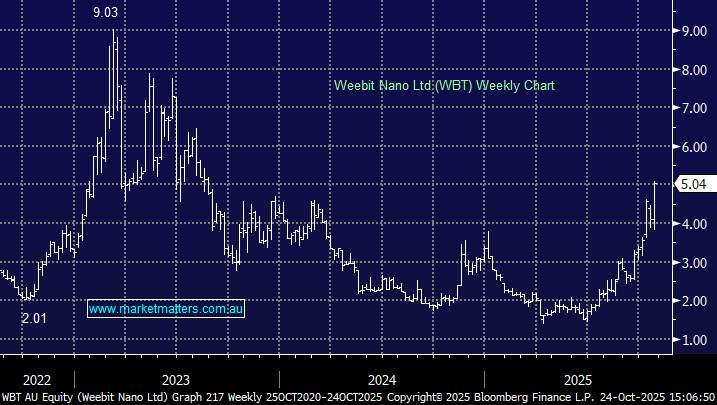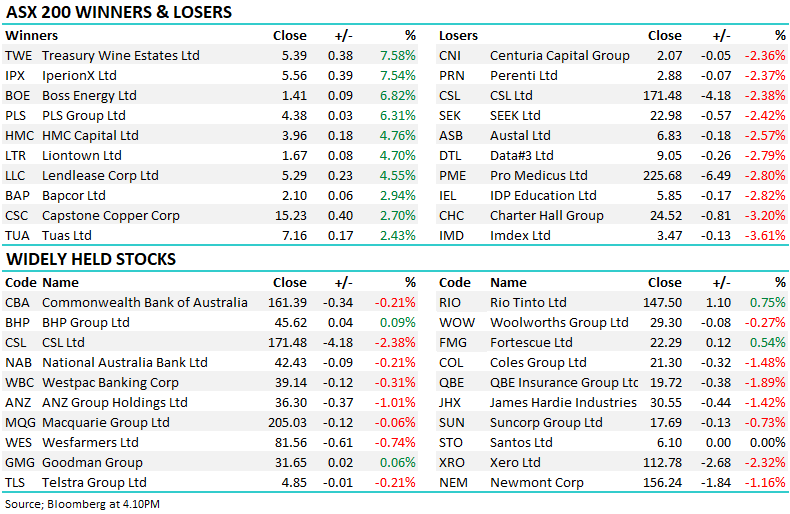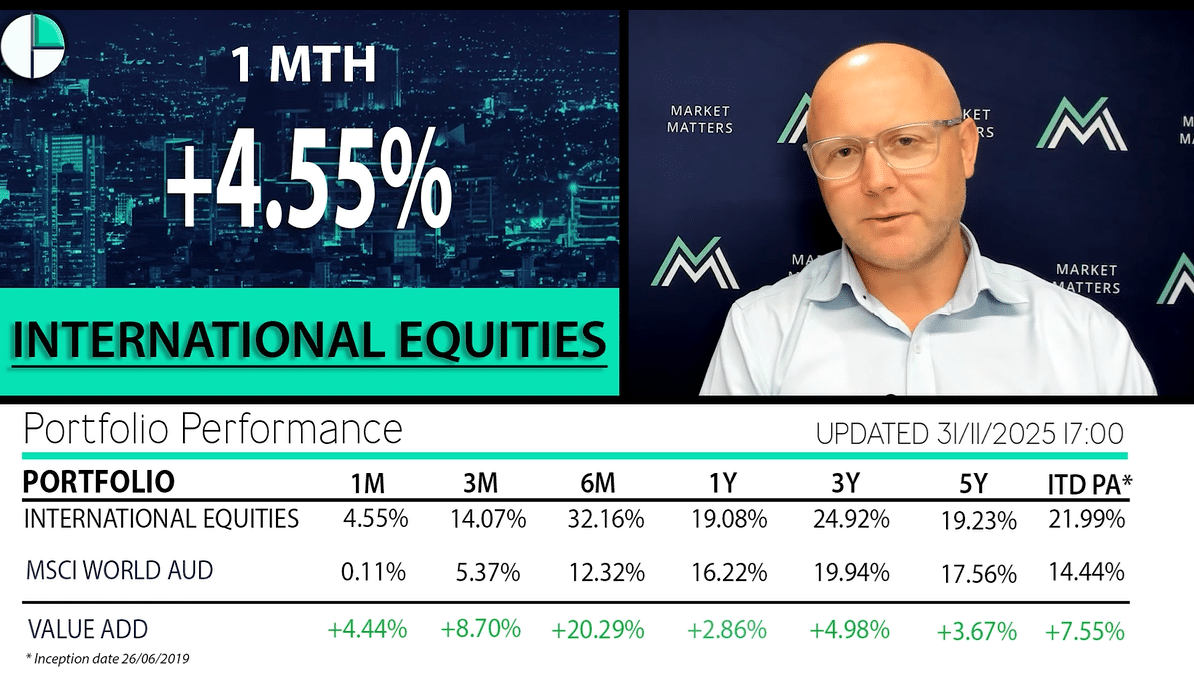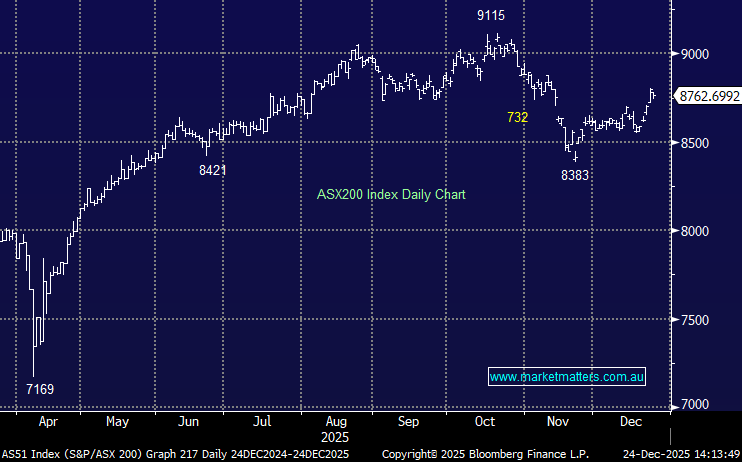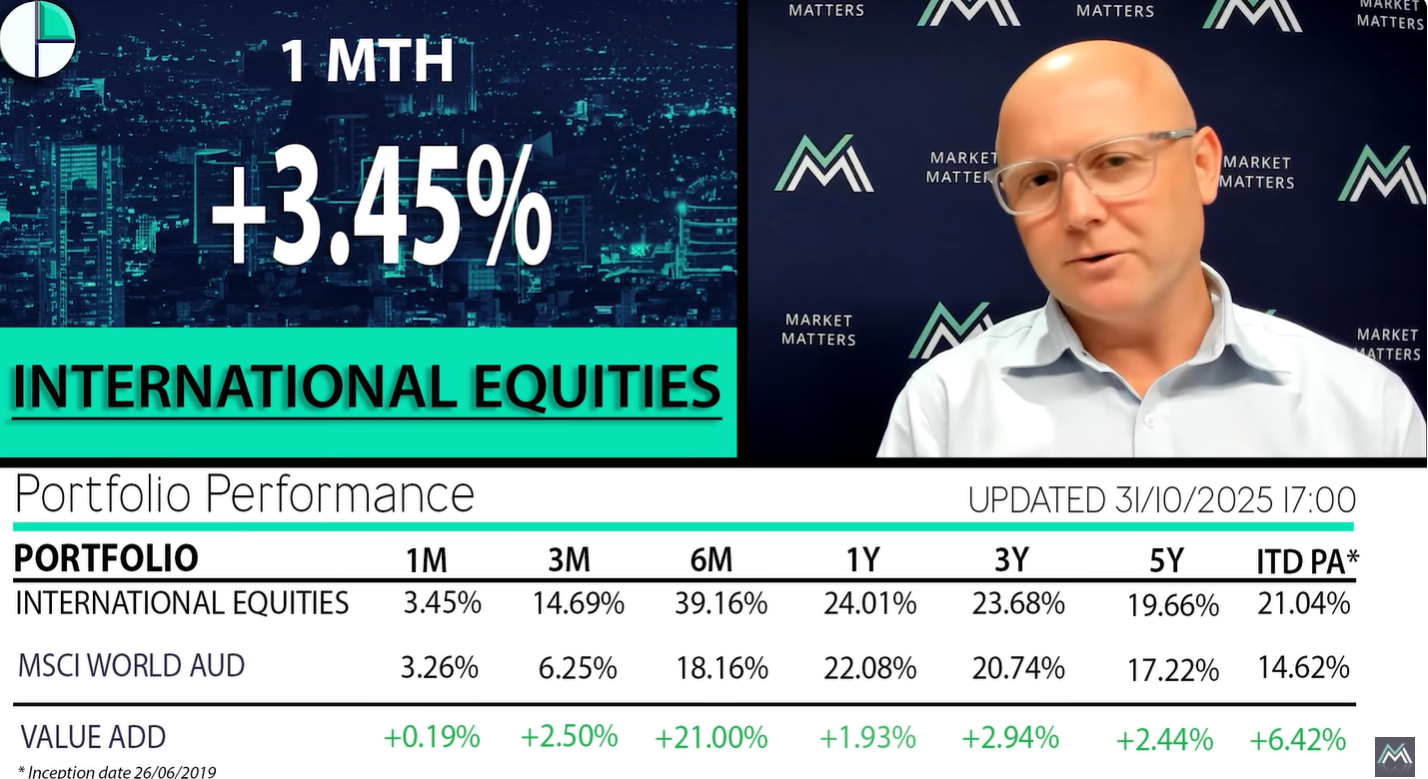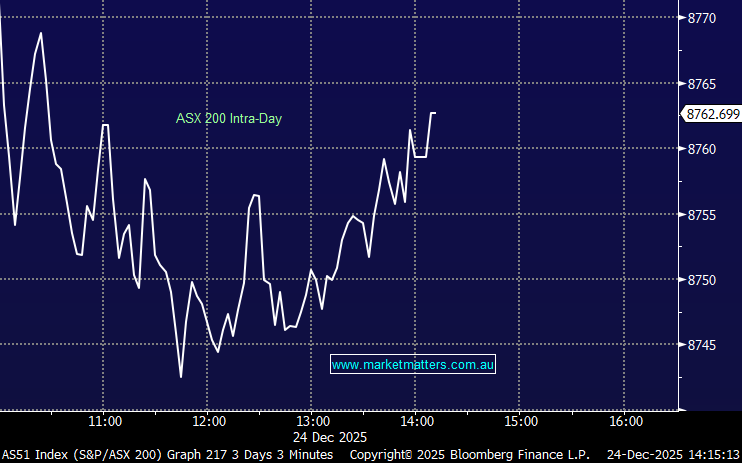Hi David,
Weebit Nano (WBT) differentiates itself with its ReRAM technology, which is a next-generation non-volatile memory. Key points of differences:
- High Endurance: Can handle 100,000–1,000,000 write cycles vs Flash’s ~10,000.
- High- Temperature Stability: Operates up to 125°C, ideal for automotive and industrial use.
- Compact & Scalable: Easy integration into smaller, more efficient chips.
- Energy Efficient: Uses less power than traditional Flash.
- Cost-Effective: Simpler manufacturing process reduces production costs using commonly used materials in semiconductor fabrication and no rare earths as you said.
In short, Weebit Nano offers faster, more durable, energy-efficient memory suitable for advanced electronics, IoT, automotive, and AI applications. In contrast, some competing memory technologies, such as Magnetoresistive RAM (MRAM), often rely on rare earth materials like cobalt and platinum to achieve desired magnetic properties. These materials can increase production costs and pose supply chain challenges.
WBT is fishing in a big pond, by 2035, the market could reach in excess of $US20bn. Not surprisingly WBT faces stiff competition from several established companies in the ReRAM space from the likes of Crossbar, Fujitsu, Panasonic, Samsung, Micron, Intel, and TSMC. Its early days for WBT with revenue estimated to be ~$10mn in FY26 but if their technology holds up, aided by point of difference around rare earths its $1bn market cap could rerate exponentially.
- We like WBT as a speculative play into 2026.

